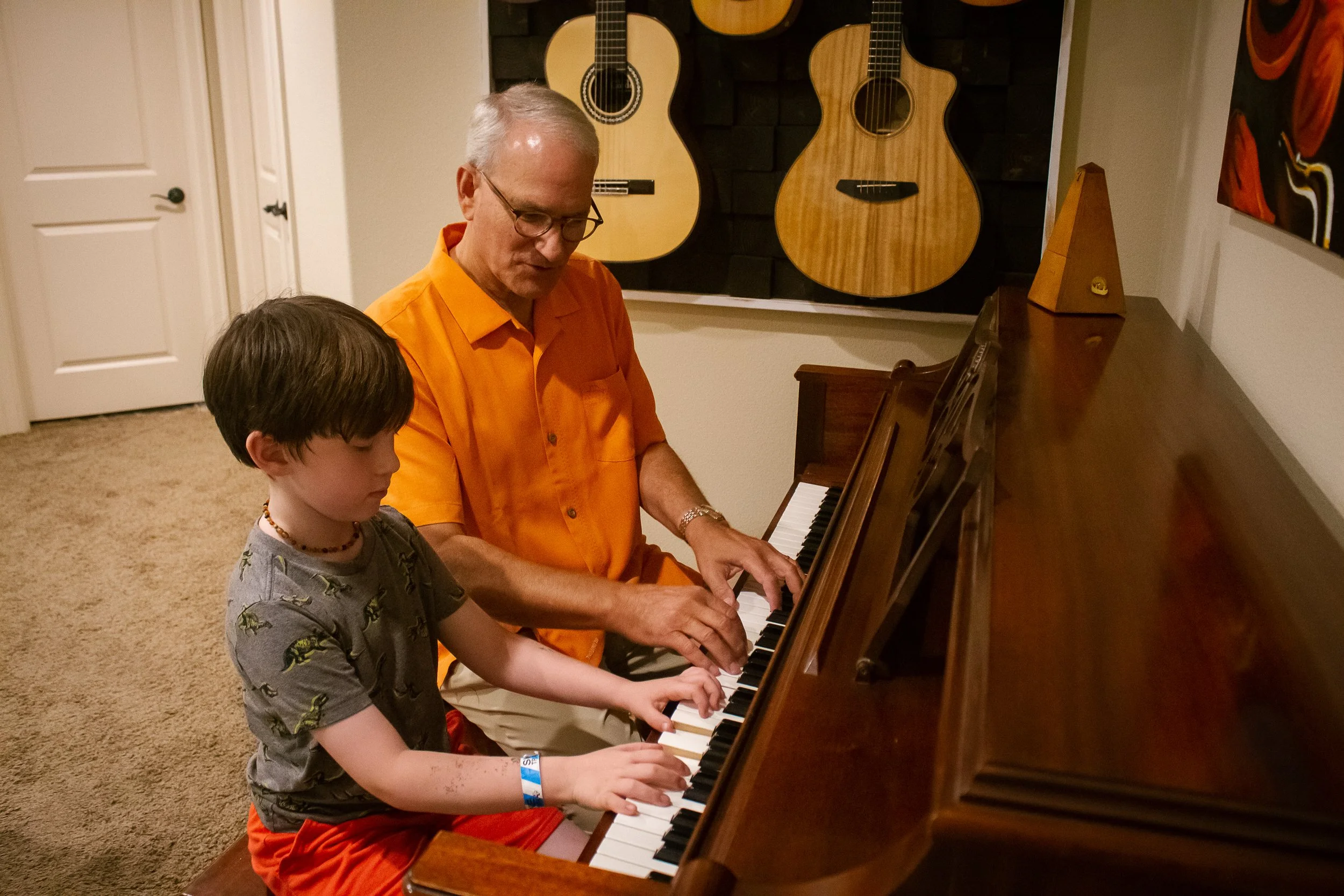Making Connections
Think about all the connections you have in your life. Who do you call when you need help or advice? You may have parents, siblings, cousins, aunts, uncles, grandparents, or close friends.
Young people involved in the child welfare system often don’t have a lot of connections like this. They may only know one or two biological family members. Oftentimes they aren’t currently in touch with the connections they do have. Many feel like they’re facing the world alone. But it doesn’t necessarily have to be that way.
What is permanency?
Permanency can have many meanings. When most people hear the term “permanency,” they think of legal permanency, which is when a child or youth has a legal guardian who ensures they are cared for and that their basic needs are met. However, relational permanency can be just as important.
Relational permanency refers to a youth having someone who is there for them unconditionally, whether they’re a legal guardian or not. This could be a biological family member, an adoptive family member, or someone not related at all, such as a teacher, mentor, neighbor, or friend. A youth will feel connected to this person, supported by them, and emotionally secure with them.
Boys & Girls Aid's robust permanency services address both legal permanency and relational permanency:
Child-Focused Recruitment involves searching for someone to be a child’s legal guardian.
The Family Engagement Program involves finding as many positive connections for a child as possible.
Youth Permanency Services provide support to youth and their families as they’re moving into a new permanency situation.
Foster Care Adoption and Infant Adoption involve matching children with families who can care for them permanently.
Boys & Girls Aid is the only agency in the state of Oregon doing child-focused recruitment and youth permanency services work.
Making Connections Using Ecomapping
Boys & Girls Aid’s permanency program offers family engagement services aimed at finding and building new connections for youth in foster care through a process called “ecomapping.” Our permanency specialists work directly with youth to learn about the connections they currently have, as well as any memories they have about important connections from their past. The goal is to understand what those connections mean to the youth and the importance they had during their life journey.
By using social media, genealogy databases, and other research tools, permanency specialists locate and contact these and other connections, such as family members the youth didn’t even know they had or with whom they’d lost touch years ago.
We work to reconnect those family members with the youth and reestablish their relationship. Creating lifelong connections like this is one way that we help youth find permanency.
Every Permanency Journey is Unique
Permanency work looks different for everyone.
“Whoever you’re engaging with, whether that’s an individual or a family unit, it can’t be forced,” said Julie Kinney-Rouleau, Director of Family Permanency Services. “They have to be willing and feel safe to be able to start to share that information.”
There are varying goals based on each youth’s specific situation. For some, it may be finding legal permanency through adoption or guardianship and learning to navigate this new change. For others, it may be identifying and fostering long-term relational permanency connections who they can reach out to as they continue to grow up—someone they can call for help with a flat tire, who they can spend holidays with, or ask for help from when applying for a job.
No matter what the situation or particular needs of a youth, we are ready to help them on their journey to permanency.


